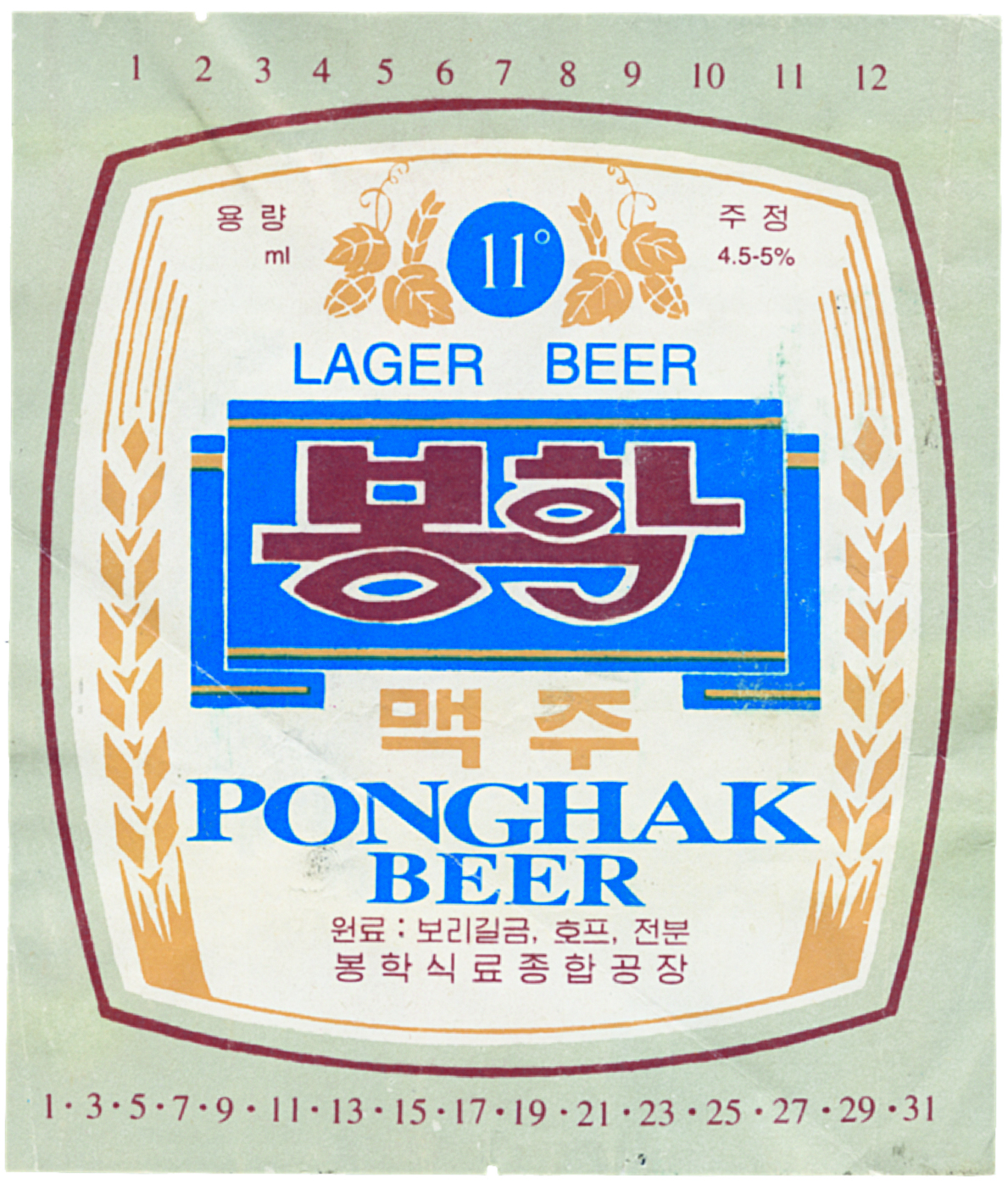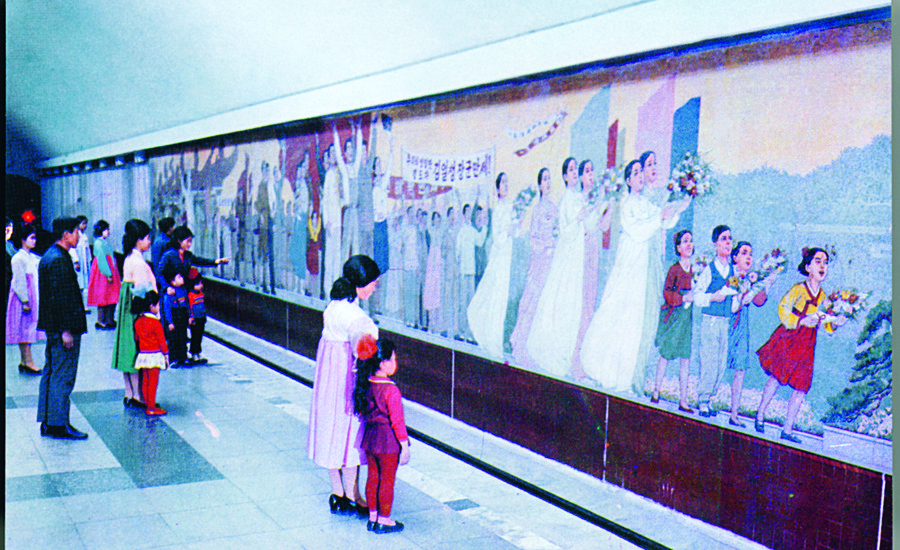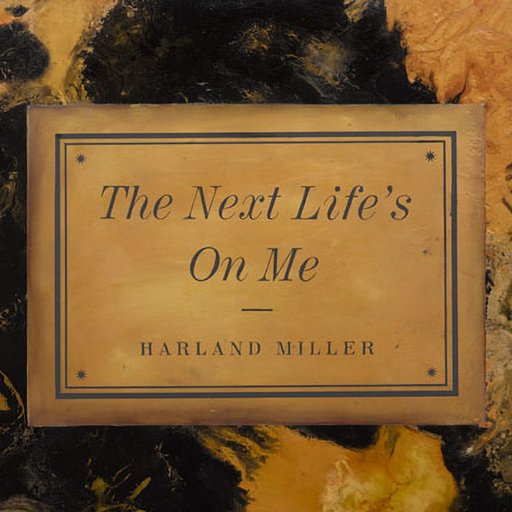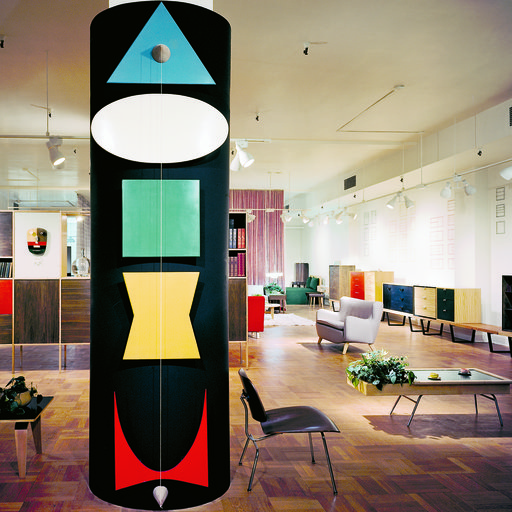The following is excerpted from Phaidon’s book Made in North Korea: Graphics from Everyday Life in the DPRK by filmmaker Nicholas Bonner, whose collection of North Korean ephemera is the first and most comprehensive in the world.
---
As a countryside ranger taking school groups on walks through the green fields and moors of England, I saw that kids stuffed their pockets with stones or flowers, and a similar magpie-style of collection started with me as soon as I began visiting North Korea. I was charmed and simply taken by the graphic design elements of the products there. Many were not technically or legally ‘available’ to me, a foreigner. So I would buy Korean sweets and keep the wrappers and the hoarding eventually became several large boxes stuffed with what others might, justifiably, call junk. When I was approached to publish a collection of North Korean graphics, this rubbish (which I did at least keep in labeled envelopes) suddenly transubstantiated into a carefully curated collection of expertly selected design ephemera.
In the West, advertising and branding trigger emotional rather than rational responses so powerful that you believe your purchase will help improve your life, make you more attractive, fitter, happier, more productive. The inference behind the ephemera I collected seemed more naïve, more simplistic, often using a graphic image to replicate what is contained within the packaging. There is almost no Western-style advertising in North Korea—and what little exists is habitually referred to as ‘promotion.’ Backlit panels that elsewhere push shampoo and carbonated drinks have been used in Pyongyang from 2006 to illuminate propaganda posters—different message, same medium. Until recently there were no advertising hoardings, no television advertising, no internet (still true, although there is an intranet that people can access on smartphones and in libraries). The first billboard was for a joint venture car company that erected adverts in five places in Pyongyang in the early 2000s. To this day they remain the only ones in the city, but at times have used implied celebrity endorsements by having a photo of a famed singer or sportsperson included in the billboard.
I wasn’t just accumulating sweet wrappers, ticket stubs and beer labels though. I was also collecting art—propaganda posters, thematic pieces and landscapes from the four main art studios in Pyongyang, and getting to know artists. It was interesting to discover, through these creators of a high cultural form, that designers of some of the more proletarian graphics on candy boxes and water bottles were also given awards and celebrated as graphic artists. However, much like the propaganda posters, the graphic work remained unsigned and anonymously produced, and in the public domain. The message takes primacy over the ego of the creator of the propaganda paintings, which are mere illustrative mechanisms for delivering the instruction; and the graphic pieces in this book are mainly commercial, so selling a product is not the work of the designer.
Made in North Korea is available on Artspace for $39
This collection represents common objects given beautiful status by the often hand-drawn graphics from North Korea’s most creative designers. Some of the work is elaborate but the basic designs too should not be overlooked—minimalistic simplicity creating beautifully rhythmic artwork.
In North Korea in the mid-2000s, the hand-designed graphic gradually became replaced by computer-generated imagery, which produced the more homogenous, polished designs that reflected the identical products created by mass production. This development is a result both of new technology and the establishment of competition in almost all markets within the country. Visitors are often surprised that such competition exists. They go to Pyongyang expecting to drink the one kind of beer or smoke the one type of cigarette. But companies compete with each other, trying to make their product better than that of a rival, and are profit-motivated. The result is a loss of the idiosyncrasies and unique designs to the relentless march of industrial progress and taste for the modern, but at least the beer tastes better and costs less. The benefit for the consumer is more important in the end, even than art!
The graphics hoarded, collated, classified and finally curated are from my first visit in 1993 up to approximately 2005, the dawning of the era when digital design became more dominant. The graphics were the result of continuing to propagate education in hand-drawing, the lack of outside influence, and the limited methods of production available.
PONGHAK BEER BOTTLE LABEL
 Picture credit: Collection Nicholas Bonner
Picture credit: Collection Nicholas Bonner
Ponghak Beer is brewed in Pyongsong (a satellite city of Pyongyang known for its wholesale market and nearby science park) and acknowledged as being great on tap but does not travel well as the beer is not pasteurized, hence the date marks along the top (in months), and bottom (the days), of the label.
TOY GUN BOX
 Picture credit: Collection Nicholas Bonner
Picture credit: Collection Nicholas Bonner
Box for a locally made toy gun that fires plastic bullets. The gun features the Korean Army slogan "Il Tang Paek" meaning "one is the match for one hundred (enemies)." The hedgehog is a popular cartoon character (representing the Korean hero) fighting the wolf and the weasel (representing the enemy—the Americans).
3D LENTICULAR POSTCARD

Picture credit: Collection Nicholas Bonner
A 3D lenticular postcard extolling a plethora of beauty products aimed at women containing that most quintessential of North Korean panaceas—Kaesong Ginseng. Women in North Korea are gaining more social freedom in terms of what they wear and access to employment, particularly among Pyongyang’s new middle-classes. Seeing men helping with the shopping or pushing a pram has also become a more common sight in recent years.
AIR KORYO PAPER FAN
 Picture credit: Collection Nicholas Bonner
Picture credit: Collection Nicholas Bonner
An Air Koryo paper fan from the 1990s, which were typically handed out during the hot weather in July and August. As the flight to Pyongyang from Beijing crosses the boundary between China and Korea, one of the flight crew reads out a brief revolutionary history lesson on the Korean guerrilla struggle against the Japanese occupation by way of welcoming passengers to the country.
1973 POSTCARD
 Picture credit: Collection Nicholas Bonner
Picture credit: Collection Nicholas Bonner
Postcard from a 1973 set of postcards that depicts scenes from the revolutionary opera Song of Mount Gumgang-san . The storyline is based around the family of Hwang Sok Min who was exploited and oppressed under the Japanese occupation of Korea and separated from his wife and daughter, with whom he is finally reunited after twenty years.
PYONGYANG BRAND CIGARETTE CARTON
 Picture credit:
Collection Nicholas Bonner
Picture credit:
Collection Nicholas Bonner
The brand is of medium quality but the packaging is aimed at catching the eye using the obvious connotation of connecting gold with quality. Koreans say that because, traditionally, they eat more vegetables than meat, their stomachs cannot take too strong a cigarette. And yet cigarettes are judged by nicotine strength—and in North Korea, the stronger the better.
SWEETS PACKAGING
 Picture credit:
Collection Nicholas Bonner
Picture credit:
Collection Nicholas Bonner
This style of illustration is now rather old-fashioned, even for North Korea, and there have been significant changes in style and fashion, in clothing as well as graphics since this box was produced in the early 1990s. In terms of fashion style, for generations young people in North Korea have simply dressed in smaller versions of adult clothing. In the mid-2000s it became noticeable, especially among young women, that they were not simply dressing like their parents but wearing clothes from China in styles that were not available previously.
COMMEMORATIVE STAMP
 Picture
credit:
Collection Nicholas Bonner
Picture
credit:
Collection Nicholas Bonner
Commemorative stamp sets featuring the British Royal Family. Images of North Korean leaders are venerated and would never be shown on any products other than books they have penned themselves, such as The Great Teacher of Journalists (by Kim Jong Il).
RELATED ARTICLES:
We've Been Talking About Korean Monochrome Painting All Wrong: Cultures, Coffins, and Criticism
10 Graphic Design Classics You Should Know—Explained by 10 Leading Graphic Designers

























